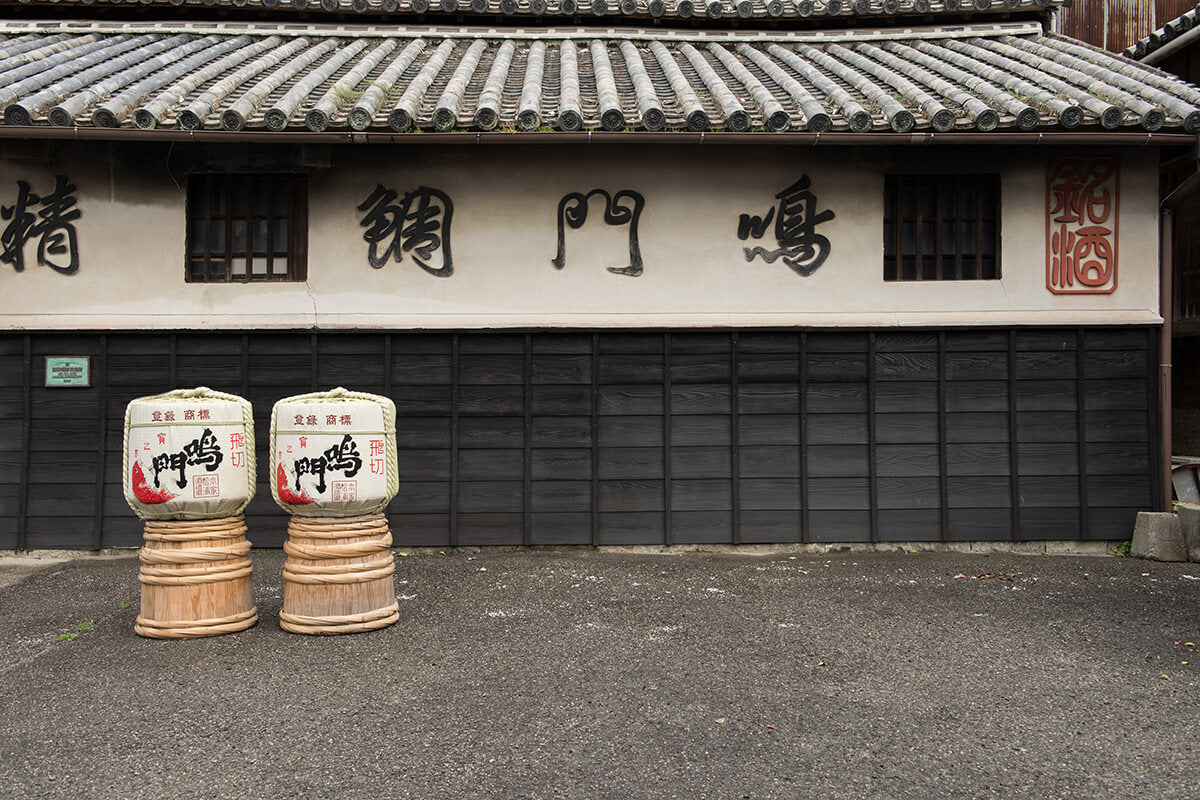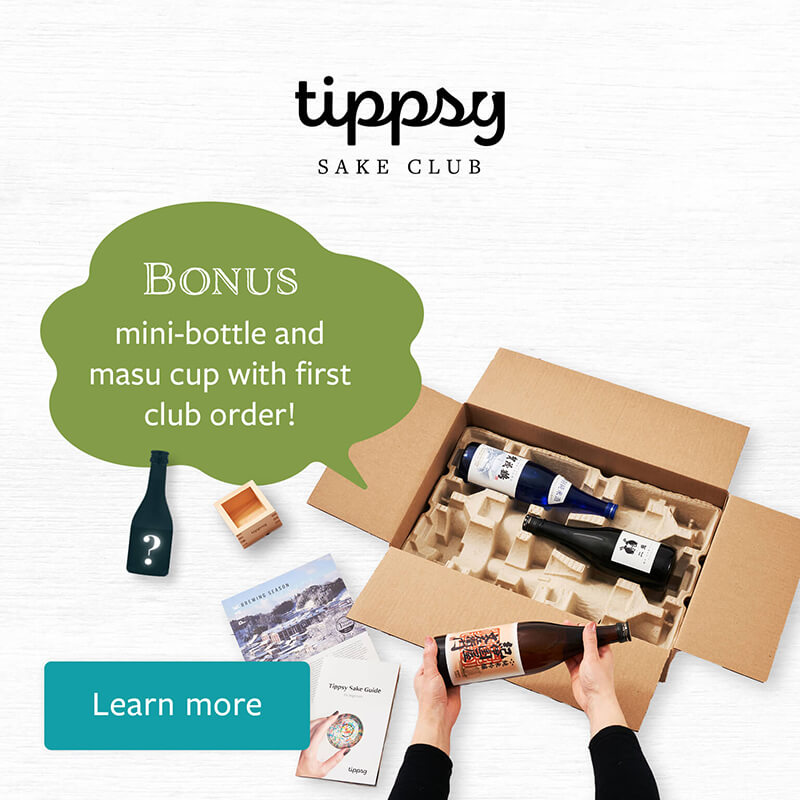Narutotai “Silky Wave” Nigori Nama
Tokushima prefecture
Light and luscious
The sake lees in this silky “nama” (unpasteurized sake) provide a delectable flavor of rice, with a touch of yogurt-like sweetness. Its citrusy acidity and slight effervescence comes from its lack of pasteurization, which cuts the lactic flavor for a crisp aftertaste. Taken with its aroma of apple and pear, “Silky Wave” is both light enough and creamy enough to pair wonderfully with dishes like white fish meunière and Margherita pizza.
Characteristics
| Brand | Narutotai |
| Brewery | Honke Matsuura |
| Category | Junmai Ginjo |
| Subcategory | Nama, Nigori |
| Taste Profile | Light & Dry |
| Rice variety | Yamadanishiki |
| Yeast variety | N/A |
| Alcohol | 13.00% |
| RPR | 58% |
| SMV | 4 |
| Acidity | 1.5 |
Serving Temperature

-
 Recommended
Recommended
-
 Not Recommended
Not Recommended
Region

Narutotai is made in Tokushima prefecture in the Shikoku region.
Taste Metrics
Tasting Notes
-
Apple

-
Pear

-
Cream

Recommended Pairing
-
Sushi/Sashimi

-
Seafood

-
Aperitif


Honke Matsuura
Founded back in 1804, Honke Matsuura traces the roots of its founder back to a pirate group, the Matsuura Party. Fortunately for us the founder turned to sake making, inspired by the luscious lotus fields, elegant flocks of storks and Yamadanishiki rice crop that grows on the slopes of the nearby Sanuki Mountains. These mountains also provide the water used for brewing, so each sip you take is a taste of the local environment. Honke Matsuura supports its local community by using rice from the surrounding Tokushima Prefecture and is committed to the health and happiness of its brewers.
Learn more

Customer reviews
Tippsy Sake Club
Our sommelier will recommend sake according to your taste when you join Tippsy Sake Club. Also enjoy:
- Members-only prices
- Discounted shipping
- An exclusive sake cup with your first club order
- and more!
All about sake
-
 Introduction
Introduction
Welcome To Your Sake Journey!
-
 Lesson 1
Lesson 1
What Is Sake?
-
 Lesson 2
Lesson 2
What Is Sake Made of and How Is It Made?
-
 Lesson 3
Lesson 3
What Is Rice Polishing Ratio?
-
 Lesson 4
Lesson 4
Types of Sake
-
 Lesson 5
Lesson 5
How To Store Sake
-
 Lesson 6
Lesson 6
How To Drink and Serve Sake
-
 Lesson 7
Lesson 7
Food Pairing Guide
-
 Lesson 8
Lesson 8
Best Sake Bottles and Brands for Beginners


